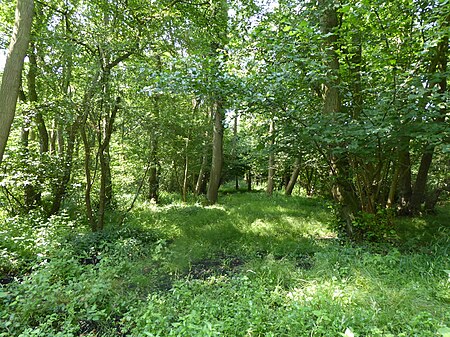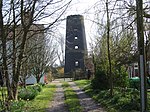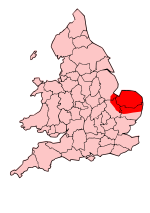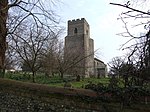Swangey Fen, Attleborough
Sites of Special Scientific Interest in Norfolk

Swangey Fen, Attleborough is a 48.4-hectare (120-acre) biological Site of Special Scientific Interest south-west of Attleborough in Norfolk. It is part of the Norfolk Valley Fens Special Area of Conservation.Part of this site is spring fed fen with diverse flora, including grass of Parnassus, marsh helleborine and several rare mosses. The fen is surrounded by wet woodland and grassland.Much of this site is private but there is public access to an area formerly managed by the Norfolk Wildlife Trust off Fen Street
Excerpt from the Wikipedia article Swangey Fen, Attleborough (License: CC BY-SA 3.0, Authors, Images).Swangey Fen, Attleborough
Breckland District Great Ellingham
Geographical coordinates (GPS) Address Nearby Places Show on map
Geographical coordinates (GPS)
| Latitude | Longitude |
|---|---|
| N 52.499 ° | E 0.964 ° |
Address
Great Ellingham
Breckland District, Great Ellingham
England, United Kingdom
Open on Google Maps









